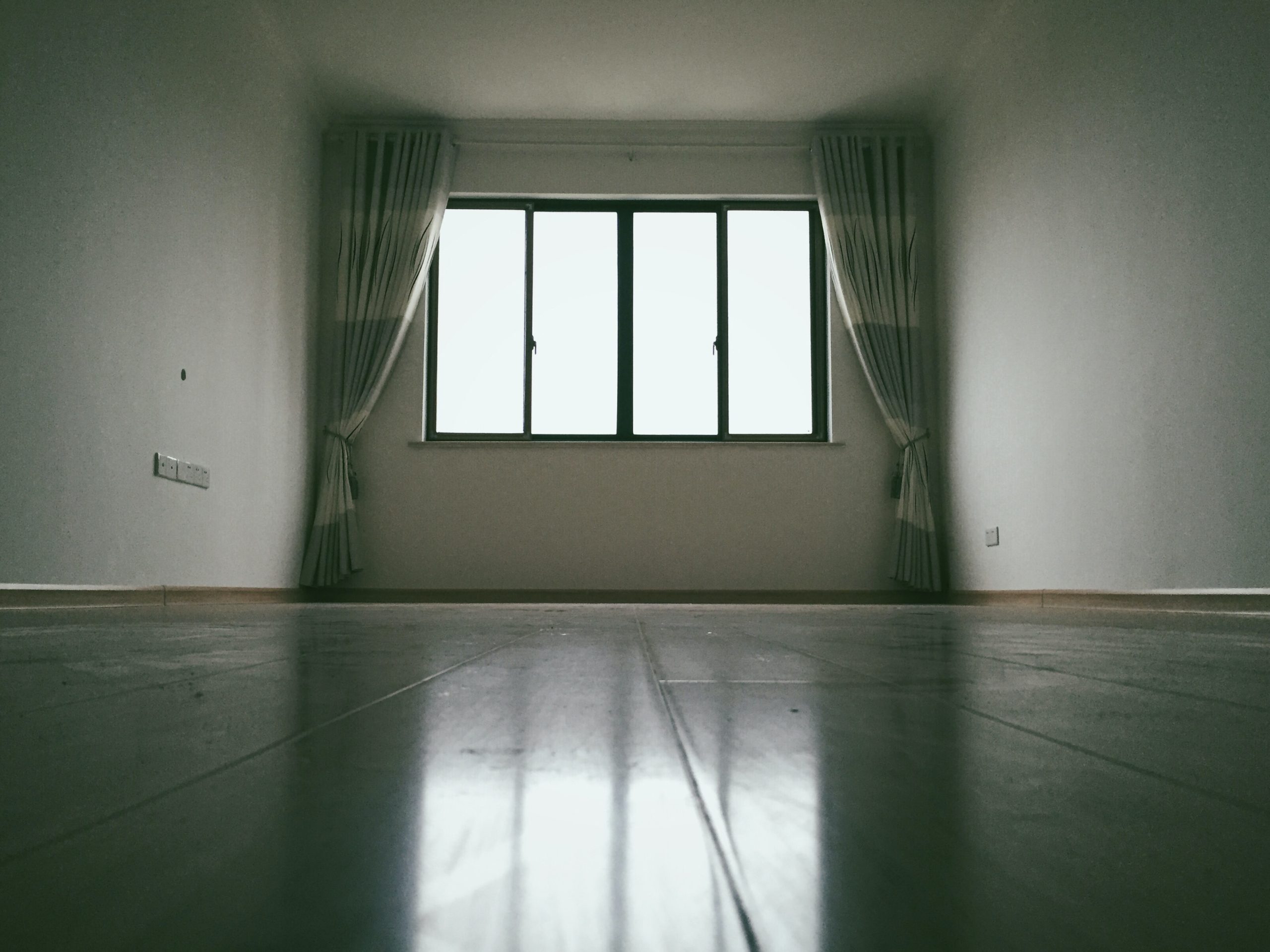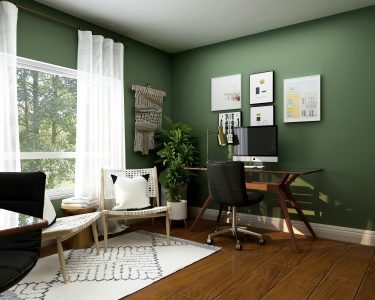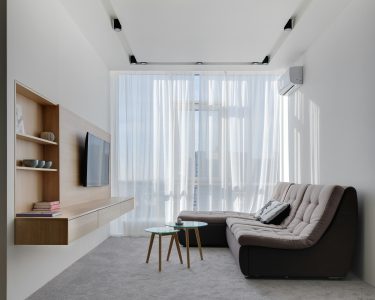Integrating window design and interior painting is a crucial aspect of creating a cohesive and harmonious look in your home. The design of windows and the use of color in a room can have a significant impact on the overall aesthetic of the space, and when done correctly, can enhance the architectural features of the room, create the illusion of natural light, and make a room feel larger and more inviting.
Highlighting architectural features through paint color
One way to coordinate the design of windows and the use of color in a space is to use certain paint colors to highlight architectural features in your home, such as moldings and window casings. For example, if a room has beautiful crown molding, choosing a paint color that complements the molding can help it stand out and become more of a focal point in the room. Additionally, painting the window casings in a contrasting color to the walls can also draw attention to the windows and make them appear larger. This is a simple yet effective technique that can make a quite an impact on the overall look and feel of a room.
Creating the illusion of natural light
Another way to use paint color to enhance the design of a room is to create the illusion of natural light in a room with limited windows. One way to do this is to paint the walls in a pale, light color. Light colors reflect more light, which can make a room feel brighter and more spacious. Using light-reflecting paint can also help to enhance the natural light in a room. This type of paint has a unique formula that bounces light around a room, which can make it feel more open and airy. It’s an especially useful technique for rooms that lack natural light or feature small windows.
Coordinating with the overall color scheme and architectural style
When it comes to planning your interior home painting project, it is also important to consider the overall color scheme of the room when selecting paint colors. For example, if a room has a cool-toned color scheme with blues and greens as the dominant colors, it would be best to also use cool paint colors on the walls, such as a pale blue or mint green. Similarly, if a room has a warmer color scheme with yellows and oranges as the main colors, it would be best to use warm paint colors on the walls, like a pale yellow or peach. This ensures that all the colors in the room work together and create a cohesive and harmonious look.
Another part of window design to consider is the size, shape, and location of the windows. Large windows can provide ample natural light, but may also make a room feel too bright. One way to control the amount of natural light in a room is to use window treatments such as shades, blinds, or curtains. This allows you to regulate the amount of natural light entering a room, which can help create a balanced look. It’s also important to consider the style of window treatments, as they can make a significant impact on the overall look and feel of a room. For example, roman shades can add a touch of elegance to a room, while bamboo shades can add a more natural and organic feel.
Furthermore, the location of the windows can affect the temperature of a room. A room with a lot of windows on the west or south side will be exposed to more direct sunlight, which could make the room feel warmer. To help mitigate this, it’s a good idea to install window treatments that have thermal properties, such as honeycomb shades or insulated curtains. This can help to keep the room cooler, while also reducing energy costs.
Window design and paint color can also be used to create the illusion of more windows or larger windows in a room. By painting the walls on either side of a window a slightly lighter color than the surrounding walls, it can make the window appear larger and more prominent. This can be a great technique for small or oddly-shaped rooms that lack natural light.
The relationship between windows, light, and furniture
The color and style of furniture play an integral role in the overall aesthetic of the room. If a room has a classic and elegant feel, choosing furniture in those styles and in colors that complement the walls and window treatments can help to enhance the overall appearance of the room. On the other hand, if a room has a modern and minimalist feel, choosing furniture with clean lines and minimalistic design in colors that fit well with the walls and window treatments can help to create a seamless look.
In conclusion, when integrating window design and interior painting, it is essential to consider not only the windows, wall colors, and window treatments, but also the relationship between the windows and the furniture in the room. By considering the placement of furniture in relation to the windows, and by choosing furniture that complements the walls, window treatments, and overall style of the room, it can help to enhance the overall aesthetic of your space and create a stunning look that wows any visitors. By paying attention to all of these details, it is possible to create a beautiful and functional space that is a pleasure to spend time in.





